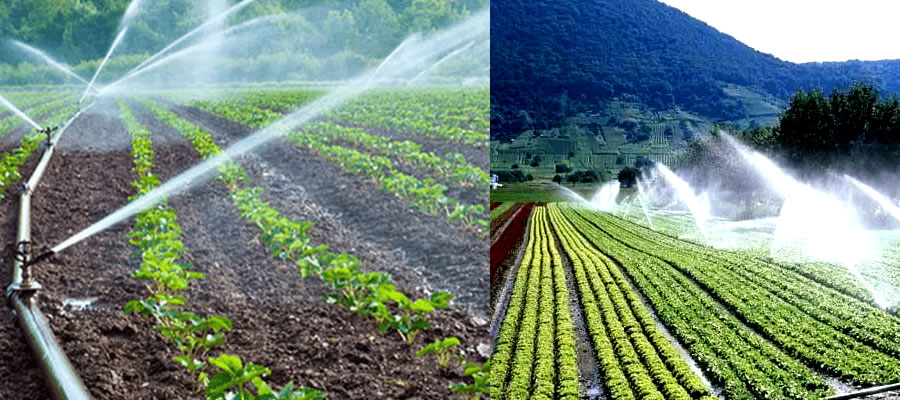

Nanumba South District was carved out of the former Nanumba District as one of the twenty eight (28) newly created districts and was inaugurated on 27th August 2004 it is located between Latitude 8.5o N & 9.0o N and Longitude 0.5oE & 0.5oW of the Greenwich Meridian, which more or less divides the district into two parts. The district is found in the eastern corridor of the Northern Region of Ghana and shares boundaries with:
- Zabzugu Tatale District and the Republic of Togo to the east;
- East Gonja to the west and south-west;
- Nkwanta District of the Volta Region to the south-east; and
- Nanumba North District to the North
Size
Not having any opportunity for a professional survey, we cannot clarify the exact land area of the district. However, considering the proportion of the Nanumba South as far as the former Nanumba District (3,220 sqkm), is concerned the land area for Nanumba South is about two fifth, therefore, we assume the land area for Nanumba South to be around 1,300 sqkm.
Climate
The Nanumba South District lies in the Tropical continental climatic zone with the mid-day sun always overhead. As a result day temperatures are fairly high ranging between 29oC and 41oC and occasionally reading 45oC. Like any other part of the West African sub-region, the district is under the influence of the wet southwest monsoon and dry northeast trade winds.
The district experiences single maximum rainfall regime through the year: most of it falls within six months (May – October) leaving the other half of the year dry i.e. when the region comes under the dry North East Trade winds (See table 1 and figure 1.). During this period evaporation and transpiration are very high, grass dry out, bush fires become rampant creating acute water shortage. Maximum rainfall records in September with its accompanied windstorms. During this period streams and rivers over flow their banks and a lot of surface run-off.
The result of this type of rainfall pattern is that there is a single cropping season, as most of farmers in the district run rain-fed agriculture. Unfortunately, the district does not have its own precipitation record system, however the data collected by the former Nanumba District show that the annual precipitation is so erratic, averaging 1,363 mm (see table 2), and farmers lose their harvest in those years we have little rain.
Vegetation and Drainage
The vegetation type found in the district is the Guinea-Savannah with tall grass (particularly elephant grass) interspersed with draught and fire resistant trees. Some of the tree species are the shea, dawadawa, a few baobab, etc. Streams and rivers as well as man-made dams and dugouts drain the district. The two main rivers include the Daka, which spans 145km of the western border of the district with East Gonja and the Oti River, which meanders north south across the eastern part of the district with a total of 85 km within the district with their tributaries occasionally breaking into series of pools during the long dry season.
Soil
Soils are characteristically heavy and dark coloured. By Soil Research Institute and Council for Scientific and Industrial Research (SRI/CSIR) classifications, types of soils found in the district are the savannah ochrosols, savannah glysols and ground water laterite. The savannah glycols are of alluvial-colluvial origins found along major rivers and drainage courses and are located mid-south through to the north. They are medium size textured moderately well drained soils suitable for wide range of crops such as cereals, roots and tubers and legumes generally.
The Savannah ochrosols are well-drained soils with the surface being loamy sand or sand textured material with good water retention. These soils are found to the east (beyond the Oti River) and the southwest of the district. Ground water laterites are shallow sandy or loamy soils composed of rock fragment found on summit of upland areas; they are suitable for forestry and conservation programmes.
Impact of human activities
Nanumba South District is located in the transitional zone and as such the vegetation is woodier than districts lying north of it. The annual bush fires and human activities are together reducing the once luxuriant guinea savannah vegetation type with fertile soils to treeless grassland on very fragile soils. Two reserves covering a total area of 600 sq kilometres and a virgin forest area along the Ghana - Togo border are also gradually constantly being reduced.
Date Created : 11/18/2017 7:20:30 AM










 facebook
facebook
 twitter
twitter
 Youtube
Youtube
 +233 593 831 280
+233 593 831 280 0800 430 430
0800 430 430 GPS: GE-231-4383
GPS: GE-231-4383 info@ghanadistricts.com
info@ghanadistricts.com Box GP1044, Accra, Ghana
Box GP1044, Accra, Ghana